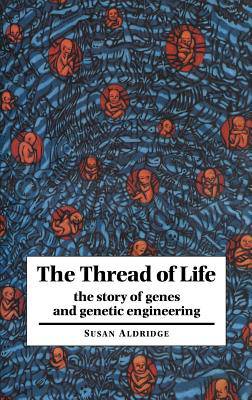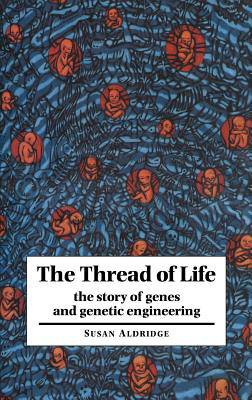
- Afhalen na 1 uur in een winkel met voorraad
- Gratis thuislevering in België vanaf € 30
- Ruim aanbod met 7 miljoen producten
- Afhalen na 1 uur in een winkel met voorraad
- Gratis thuislevering in België vanaf € 30
- Ruim aanbod met 7 miljoen producten
Zoeken
€ 142,95
+ 285 punten
Uitvoering
Omschrijving
DNA "fingerprinting," genetic engineering of food, genetic screening, gene therapy, the human genome project...there is no shortage of news these days about the genetic revolution. The purpose of this book is to take the interested reader behind the headlines to explore the fascinating world of molecular biology. Eschewing jargon, author Susan Aldridge gives an accessible account of the world of DNA and also explores its present and future applications. In the first part of the book, she explains what DNA is and how it functions within living organisms. In the second part, she explores genetic engineering and its applications to humans--such as gene therapy, genetic screening, and DNA fingerprinting. In the third, the author looks at the wider world of biotechnology and how genetic engineering can be applied to such problems as producing vegetarian cheese or cleaning up the environment. Finally, she explains how knowledge of the structure and function of genes sheds light on evolution and our place in the world. Aldridge has written with a light touch full of historical references; her achievement will make rewarding reading for anyone who reads popular accounts of the life sciences.
Specificaties
Betrokkenen
- Auteur(s):
- Uitgeverij:
Inhoud
- Aantal bladzijden:
- 272
- Taal:
- Engels
- Reeks:
Eigenschappen
- Productcode (EAN):
- 9780521465427
- Verschijningsdatum:
- 29/03/1996
- Uitvoering:
- Hardcover
- Formaat:
- Genaaid
- Afmetingen:
- 158 mm x 236 mm
- Gewicht:
- 548 g

Alleen bij Standaard Boekhandel
+ 285 punten op je klantenkaart van Standaard Boekhandel
Beoordelingen
We publiceren alleen reviews die voldoen aan de voorwaarden voor reviews. Bekijk onze voorwaarden voor reviews.











